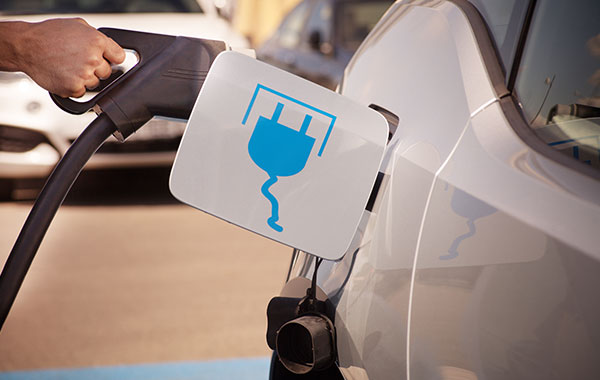The number of passenger cars in Germany increased by 1 percent year-on-year to 48.2 million as of January 1, 2021. Just under 18 million passenger cars meet the Euro 6 standard, and their number increased by 16 percent, according to the Federal Motor Transport Authority. This includes 5.4 million passenger cars that meet the particularly clean Euro 6d-temp emissions standard. Around 900,000 passenger cars even meet the currently highest Euro 6d standard. In addition to these low-emission vehicles with conventional powertrains, passenger cars with alternative powertrains have also made significant gains.
Reinhard Zirpel, President of the Association of International Motor Vehicle Manufacturers (VDIK), said: “The vehicle population is getting cleaner and cleaner. Several million new passenger cars that meet the highest emission standards contribute to the fact that the air quality in the cities has improved significantly. This is also confirmed by the latest measurement data from the Federal Environment Agency. It is also worth noting that the vehicle population is growing despite the already high density of passenger cars. Individual mobility continues to retain its high status in passenger transport.”
The number of electric vehicles grew particularly strongly. Purely electric passenger cars increased by 126 percent, plug-in hybrids by 174 percent. On January 1, 2021, there were thus 588,900 electric vehicles (BEVs and PHEVs) registered in Germany. There were also a good 800 fuel cell passenger cars in the portfolio (up 59 percent). Passenger cars powered by natural gas increased by 1 percent to 83,100 units, while passenger cars powered by LPG declined by 7 percent to 346,800. Hybrids without a plug also recorded a significant increase of 66 percent, with a total of 724,200. Overall, around four percent of the existing passenger cars in Germany now have an alternative drive system.





